Thailand has been on the radar of a lot of people for decades. The tourism here is thriving. People travel to the beach destinations, visit the many Wats or just go to Bangkok, which is a main hub for travelling farther to other countries of South East Asia. We also ended up in Thailand after visiting other SEA countries and flew back home from Bangkok.
Here are some tips that may help you plan your trip and avoid any difficulties.
When to Go to Thailand?
Thailand doesn’t have distinct seasons. It’s always hot there. The only thing you will need to check is, if it’s rainy or dry season. The first one lasts from April to October. The dry season and, hence, the most popular to travel to Thailand, is from November through April.
If you don’t mind some rain, increased number of mosquitoes and have more time to lose to the rainy days, then you can find good deals during this less popular period. I personally didn’t want to risk losing time to rain, as I can hardly scrape together enough vacation days to travel this far. So I opted for the dry season during the New Year holidays. We got a couple of cloudy days and a bit of heavy rain lasting for an hour on the day of departure, but it was mostly sunny and hot. Oh, and mosquitoes are annoyingly many even at this time 😊

Visa for Thailand
Thailand has established a visa-free regime for many European and American countries (64 countries). This way you will be able to stay in the country 30 or 90 days (depending which country you are coming from). If you are not on this list, then you should check, if you can get a visa on arrival or e-visa – citizens of 19 countries are eligible for this.
I personally needed Visa on Arrival or e-visa. If you prefer to get the electronic visa in advance, this is the official website.
I decided on Visa on Arrival. The process was not too difficult. I needed to fill in the relevant form, which is available at the entrance to the “visa on arrival” section and have a photo in hand. Visa costs 2000 baht (under 60 dollars). Also have a passport sized photo with you. The waiting time was 15-20 minutes. The immigration asked for every detail of my trip, from hotel bookings to the return tickets, so keep in mind that you will need to have everything booked and bring all documents with you. On the other hand, hubby needed no visa and they asked no questions. Although even in this case, they may request that you provide information about your flight from Thailand.
By the way, I have read on several forums and heard from people, that the immigration asked them to have 20.000 baht (about 60USD) in cash, while arriving to Thailand. I am not sure, if this information is correct, as we were not asked about the means to support ourselves in Thailand. I also don’t know, if this happens at certain borders more than others. But I guess it would be best to keep this information in mind, while travelling.
Whether you need a visa or not, you will need to fill in the Arrival and Departure cards. The first one you will need to give the immigration upon your arrival, the second you will need to keep until your departure time, as they will be asking for a filled departure card. They will also take your fingerprints upon arrival, as well as departure.
Money
Cash is needed in many places around Thailand. Unless you are in fancier restaurants and shops, you will need to pay cash in small markets, local restaurants, etc.
You can exchange money for Thai baht at the banks, as well as at the currency exchange points. Banks will give worse rates. The best rate we found was in Krabi. Unlike in Cambodia, you will be better off, if you bring the higher denominations of dollar – 50s and 100s. The exchange rate for 20s and 10s are lower, while for 1s I believe it would be almost impossible to get even remotely ok rate.
If you don’t bring cash and plan on using ATMs, that can be an expensive affair. Most ATMs charge 220 baht per withdrawal. It’s highly unlikely that you will be able to find any cheaper one. If you only bring a card and no cash, it would be best to pay electronically, whenever you can, and withdraw cash the least possible times.
Where to Stay Around Thailand
Hotels, hostels, guesthouses and airbnbs are abundant across the country. You can find the accommodation you like almost anywhere.
In Bangkok I suggest finding accommodation near the MRT or BTS stops. Even if the place is far from any central parts, you can easily get to many places by public transport. Our hotel was exactly next to an MRT station and that was extremely convenient, even though we needed about half an hour to get to the riverside to visit the Royal Palace.
at the seaside locations, it’s best to stay near a beach and, if you plan to do day trips, preferably in a location with closeby transport links. In Krabi, we stayed near Ao Nang beach and that was a better option than staying in Krabi town, which is far from everything. From near Ao Nang beach, you can actually catch boats to Phi Phi, longtail boats to Railey beach and walk across to Pia Plong beach.
Safety and Scams in Thailand
Overall, if you do usual tourist activities, Thailand can be quite safe. However, there are a number of things you need to take into consideration.
Firstly, I have read about numerous scams around Thailand. Although we didn’t encounter any of them, we are very careful people and follow safety rules. The only thing that happened to us was getting incorrect change at 7-11. The cashier recounted it and gave the rest of money. We also were offered for guide services, driving, various goods, etc. countless times. But we never listen to these people, which is the best strategy to avoid getting scammed and putting yourself in danger. I guess this would be the most comprehensive list of scams you can encounter.
Theft, especially pickpocketing, are very common around Thailand. You will find signs in many places, including at Wat Pho, warning you about this. In Bangkok in public transport everyone wears their backpacks in front. You need to always be aware of your valuables or leave them at a safety box in the hotel. One problem with leaving your passport at the hotel is that, according to Thai law, you always need to have your passport with you. Although not many people, especially tourists, are stopped, in some cases, you may need to provide your passport.

Health Related Safety Tips
Most travel advisories suggest having Hepatitis A and Typhoid vaccine in addition to your routine vaccines. Other vaccines can be recommended depending on your itinerary and length of your stay. Malaria is a low risk in most touristy places, but you need to check, if it is present in the regions you are heading to.
Mosquitoes can be very annoying, but in SE Asia in addition to annoyance, they can carry diseases. Be sure to apply mosquito repellent as often as needed. See the detailed tips.
Be aware of deadly box jellyfish, which are present in the seas of South East Asia. The cases have been rare, but they happen more often with the seas getting warmer due to global warming. The sting needs to be washed with vinegar very fast.
There are also higher numbers of so-called Portuguese jellyfish (man-of-war); these are deadly only in rare cases, but can cause severe pain and damage. We have seen signs that they are present at the Phra Nang cave beach. Btw, in the case of man-of war, as the signs on the beach say, the sting should be washed with sea water and no vinegar.
Transport in Thailand
Public transport is more or less developed in many parts of Thailand. See the detailed information in the dedicated post.
What to Wear in Thailand
There is no certain dress code in the country. Around Bangkok, you can basically wear anything you like. You find people dressed very diversely, all covered up or in short shorts. Same goes for the most of seaside places in the South of Thailand.
However, if you are visiting any temples, then you have a dress code to follow. As in most Buddhist temples, in Thai temples you will have to have your shoulders and knees covered.
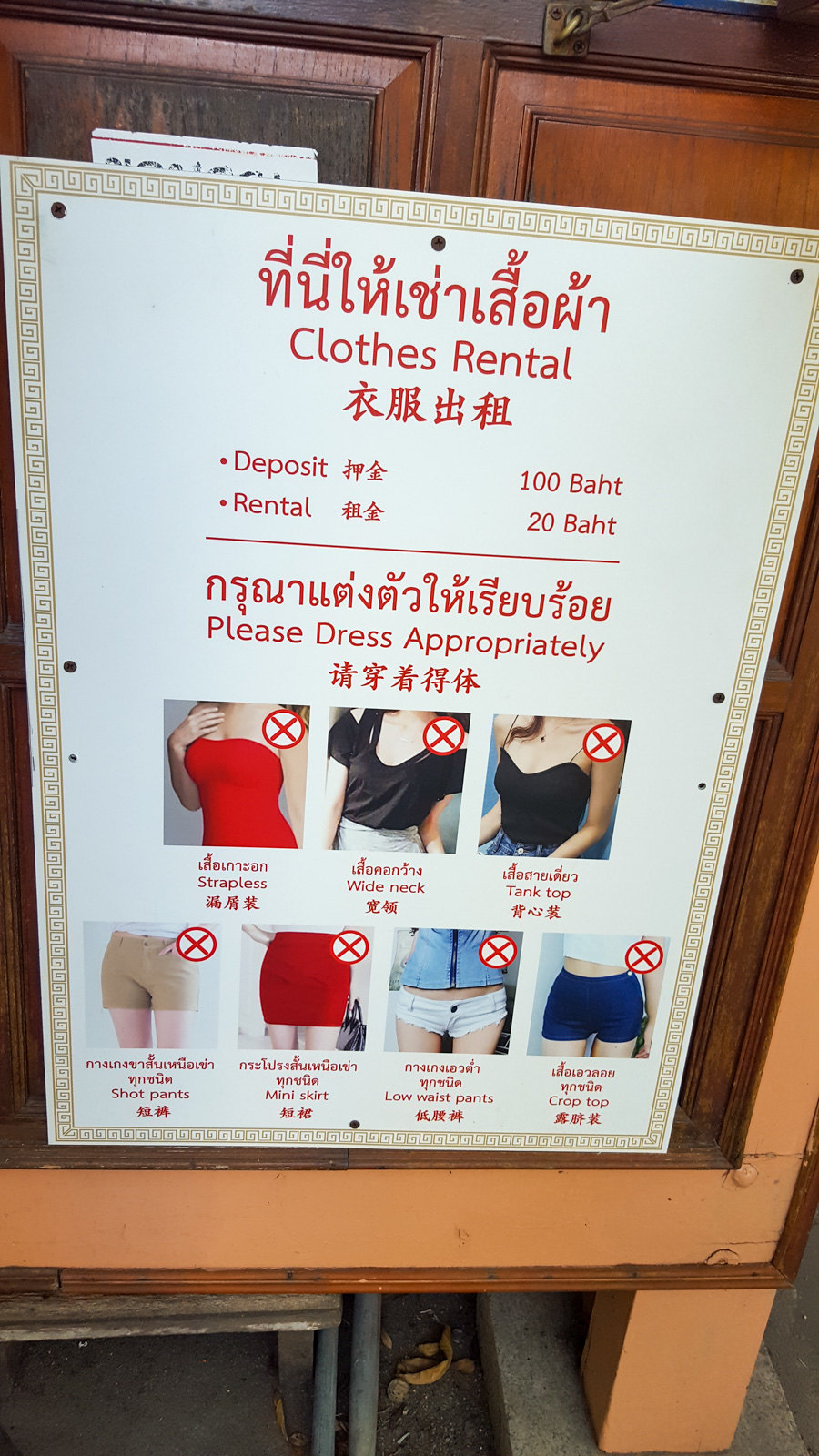
To tell the truth, I was wearing the dresses with the length just above the knee and that is also acceptable. But if you are wearing short shorts or sleeveless tops, you will need to at least bring scarves to cover up. If you don’t have anything, some temples may request from you to rent clothes at the spot, which can be rather expensive and, well, for me personally, unhygienic.
The Royal palace in Bangkok is the strictest about the clothes. I was wearing a sleeveless top and covered myself with a scarf, but at the entrance the guards told me that a scarf is unacceptable, and I should wear a t-shirt. It was good that I anticipated this and brought a jacket with, otherwise I would have to buy their extremely overpriced t-shirts. Surprisingly, I saw some people inside the palace grounds with scarves, so you may get away with it in some cases I guess, but be sure to be prepared. Find more detailed tips about visiting the Royal Palace in this post.
As for shoes, it is very hot all around the country, so most people wear sandals. I didn’t like wearing open shoes, so I brought my crocs flats. On the seaside, I wore my crocs sandals with straps, so that I didn’t need to take off even when in sea. I heard from some people that they got fungus from the beaches in Thailand, so I figured it was safer not to be barefoot.
Food in Thailand
Thai food is famous around the world. It can often be very spicy for my taste, but I do find things that I do like, those are mainly the fried rice and noodle dishes.
With food you do need to follow safety rules, especially, if you don’t know what safety standards the vendors follow. If you eat street food (I personally am not a fan of risking it), make sure to get the cooked and hot dish. If you are eating uncooked food, make sure that it was washed in the clean water. As for drinks, they may be making ice from tap water. So when in doubt, ask for no ice in your drink.
I may sound paranoid about this, but so many people get sick with diarrhea and I definitely didn’t want to stay at the hotel with upset stomach, when I had payed a fortune to come here 😊
Best 10-day Itinerary tips
(this can be arranged and rearranged according to your wishes and flight plans)

Day 1 – Bangkok: Start your day with cultural sightseeing. Head to the MRT station Sanam Chai, walk to the Tha Thien pier and take a ferry across the river to visit Wat Arun (this wat gets crowded later in the day, in the morning it should be better), then take a ferry back and visit Wat Pho (I believe it’s crowded any time of the day unfortunately, but after people leave Royal Palace in the afternoon – even more). After both Wats, head to the Royal Palace (keep in mind, it is open until 3.30 pm). After all the sightseeing, hop on a public ferry at the Tha Chang pier. Finally, after going up and down the river, get to Sathorn ferry stop, which is near the BTS station Saphan Taksin. In the evening, you can visit one of the numerous bars with views, such as Sky bar, Vertigo, the Roof, etc.
Day 2 – Bangkok: get to the Sam Yot MRT station and walk to Wat Suthat Thepwararam. It is an underrated place, but very beautiful, there is also a so called swing in front, which no longer has a seat, but still a popular place 😊 Then walk to Loha Prasat, it’s a very interesting Wat, with great views. After this, cross the canal to get to the Golden Mountain. After this, get back to the MRT station and head to the Lumphini park. If you are interested in Erawan shrine, it is about 20 mins walk from here. From Erawan shrine, you can hop on BTS and, if it’s a weekend, head to the very popular Chatuchak weekend market (Mo Chit BTS station). After the market, or if it’s not a weekend, directly from the Erawan shrine, head either to Siam for visiting the Siam Paragon or Central world mall (next to Erawan shrine) or, if you are interested head to Sukhumvit and visit the red light districts – either Nana Plaza or Soi Cowboy.
See the detailed 2-day itinerary for Bangkok.
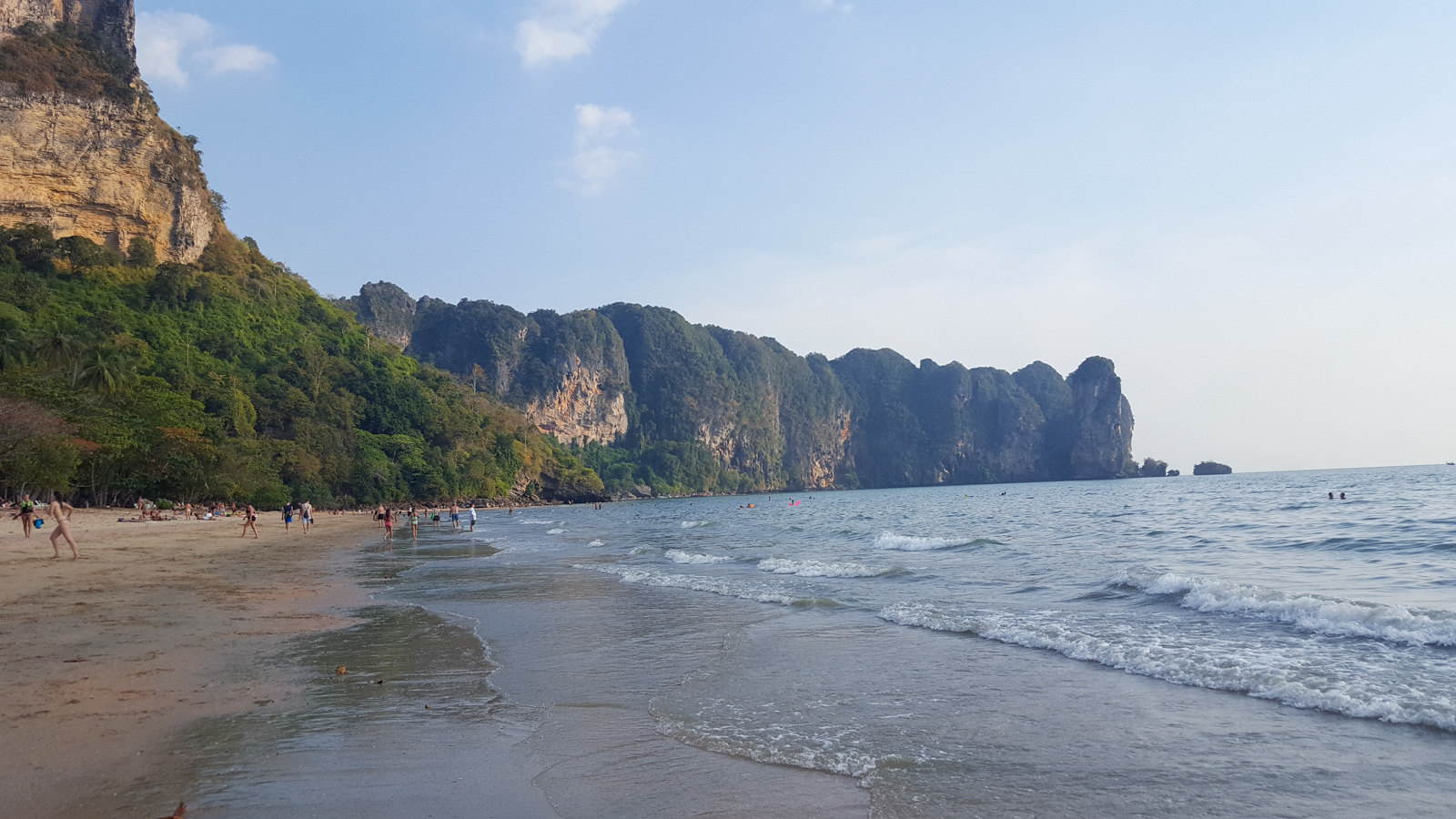
Day 3 – Krabi Province: Ao Nang – fly to Krabi or Phuket, depending on your preference. I will give suggestions for Krabi, because we chose that one 😊 We stayed near Ao Nang beach in Krabi province, which was convenient for visiting other places as well. On our first day, we just explored Ao Nang beach. Btw, you can go with a wooden path across to Pia Plong beach, which was very beautiful and far cleaner than Ao Nang itself.
See the detailed tips for visiting Krabi province.
Day 4 – Krabi province: Railey beach and Phra Nang cave beach – You will get to West Railey beach by longtail boat and can explore this part and head to the Eastern. Eastern side is not great for swimming, but it has some extremely beautiful spots. From here, you can walk to the Phra Nang cave beach. This one is a must, it was my favourate place. From Phra Nang cave beach, you can catch a longtail boat back to Ao Nang with the same return ticket you bought already. You may have to wait for a short time, so that 8 people are gathered, which is the minimum they take.
See the detailed information for visiting Railey beach and Phra Nang cave beach.

Day 5 – Krabi province: Phi Phi islands – you can either book one of the many day tours going to Phi Phi islands (they are rather expensive at 1800-2200 per person) or get a ferry ticket to go to Phi Phi Don (this costs 700 per person for the return trip). We didn’t wanna run around different spots with the tour and it was also extremely expensive, so we opted for going to Phi Phi Don (from where you can hire a longtail boat to take you to Phi Phi Leh to see Maya bay and Pileh Lagoon). On Phi Phi Don the main interesting spot is the Viewpoint. Viewpoint 2 has the best views.
Day 6 – Krabi province: Tiger cave – you can relax at the beach in the morning and then head to the Tiger cave. Allocate at least 1.5 hours to spend at the tiger cave, as walking up 1260 steps (some of them very steep) took us about 40 mins and we are not too out of shape 😊
Day 7 – Chaing Mai – fly to Chiang Mai. Visit Doi Suthep national park, including Wat Phrathat Doi Suthep and Bhubing Palace.
Day 8 – Chaing Mai – explore the old city and visit the many wats in town – Wat Sri Suphan, Wat Phra Singh (Gold Temple), Wat Chedi Luang, Wat Phantao, Wat Chiang Man. Head to Chiang Rai. You also have an option to visit Elephant ‘sancturies” around, but they don’t treat elephants nicely, they let people ride them, etc.
From Chiang Mai you can visit Pai as well, many people love it. However, this would need more days from your itinerary.
Day 9 – Chiang Rai – Visit the White Temple, Blue Temple and the Black House. Fly to Bangkok
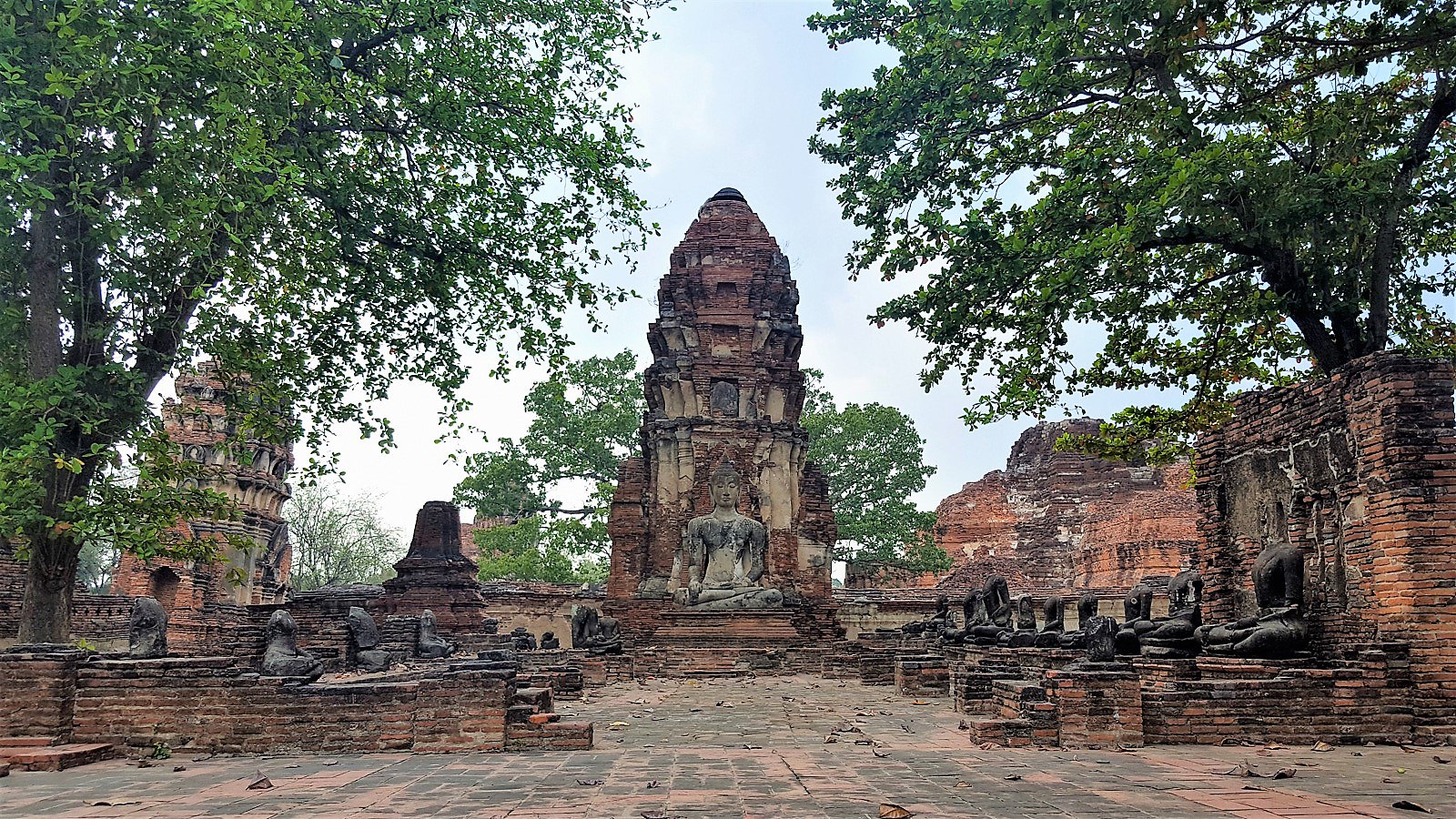
Day 10 – Ayutthaya – take a train or a mini-bus from Bangkok to Ayutthaya. Visit the numerous temples there. Don’t miss the Wat Ratchaburana, Wat Mahathat, Wat Phra Si Sanphet, Wat Yai Chaimongkhon. Other interesting temples include: Wat Phanan Choeng Worawihan, Wat Phutthai Sawan, Wat Chai Watthanaram, Wat Phra Ram, Wat Thammikarat, Wat Phu Khao Thong. Some of these temples are central and you can walk among them, some are farther away and you will need a bike or a tuk-tuk for them.
Other tips for travelling to Thailand
- Carry toilet paper and hand sanitizer everywhere. You will find paper in some toilets, especially in Bangkok malls, restaurants, etc., but if you need to go to a public toilet in Bangkok or especially outside, you will definitely be glad you carry the paper and hand sanitizer.
- The toilets can be squat or a western version. In more touristy places you will find the seats, while at train stations and the like, you will more likely see the squat ones.
- Tap water is not drinkable. Some say that you can at least brush your teeth and it’s not that bad water, but I still brushed my teeth with bottled water to be sure.
- Apparently, touching another person’s head in Thailand is unacceptable and considered offensive. I am not sure, why would you want to touch someone’s head, but still be aware of this 😊
- Another thing that can be offensive is pointing at something with your feet.
- Whatever you do, don’t say anything negative about the royal family. It’s a serious offense in Thailand and can get you imprisoned.
- Carry socks everywhere, trust me you will be glad that you did. If you are entering a wat or some other sightseeing places, you will be asked to take your shoes off. In this heat, I doubt you will have any thick socks on you. So I would wear the thick socks I carried specifically for this reason. Honestly, the grounds were hardly clean, so it was nice to have something on and not walk around barefoot.
- Carry scarves. You may not need them much, but if you don’t have shoulders and knees covered and decide to visit a wat, you better be prepared.
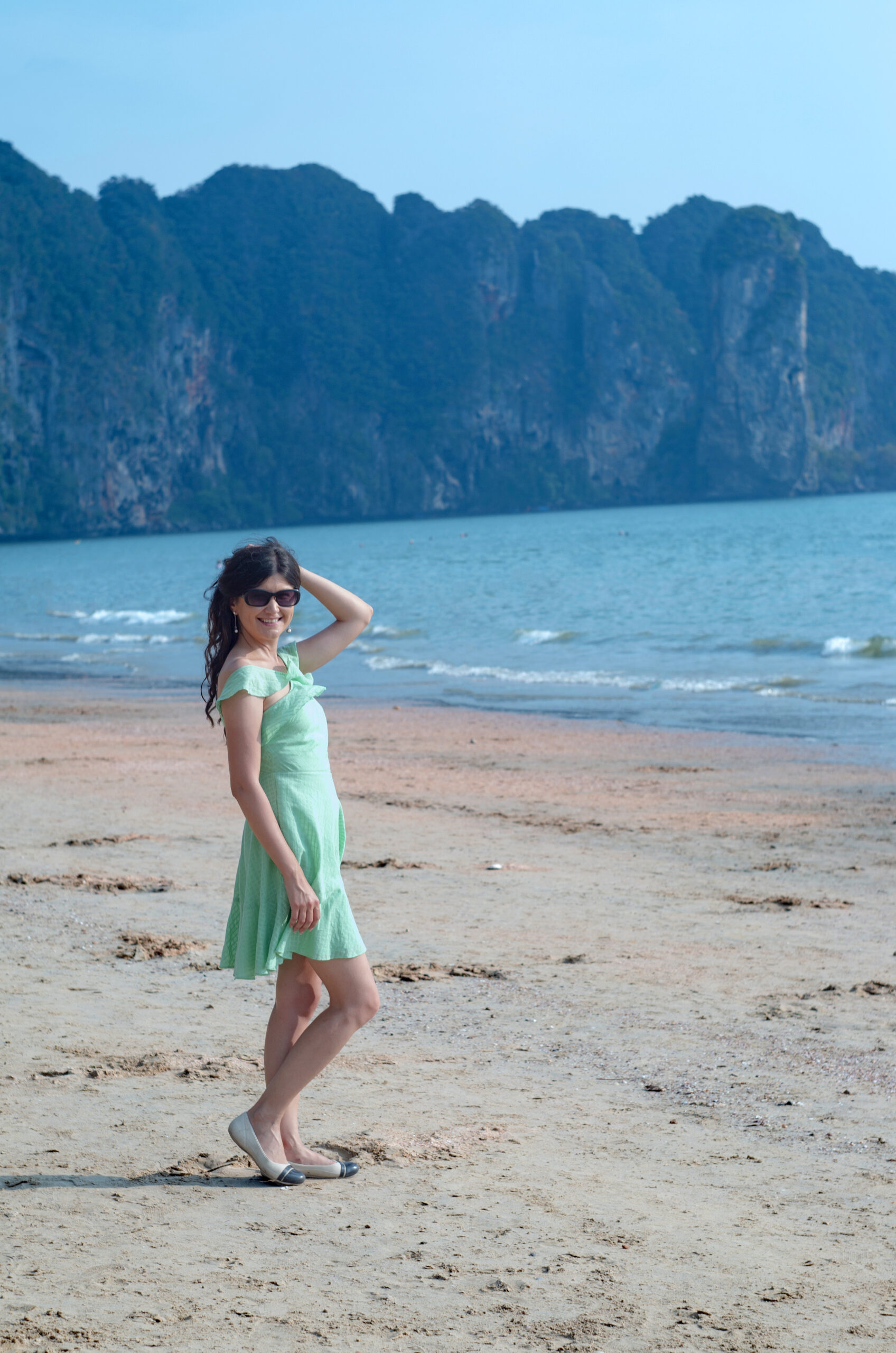
Hello I am Ket,
A traveler, planner, and sweet tooth behind Hit the Road Ket.
Travel isn’t just my passion – it’s a lifeline for my mental health. Having lived in three cities and explored 60 countries (and counting!), I created this blog to share my experiences, smart tips, and itinerary advice with fellow travel lovers. I’m all about making the most of limited time, finding scenic routes, and turning every trip into something memorable – coffee in hand, of course.


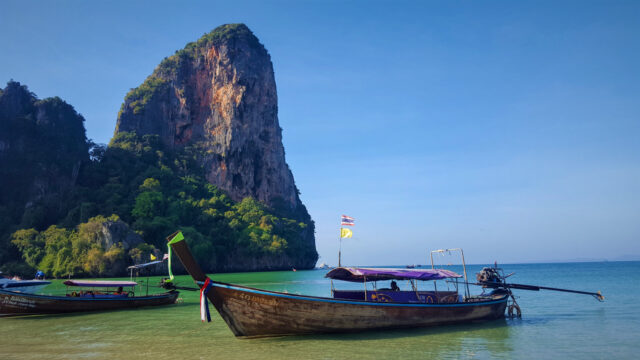
Good of you to sher with us all
Glad if it’s helpful 🙂
I love that you included a lot of tips you don’t necessarily see on most blogs, like pointing with your feet being a no-no and to be cautious of speaking about the royal family. Super helpful!
Been to Thailand twice and I agree with a lot of things you shared. Especially the toilet paper. My boyfriend saw toilet paper once a night at a market in Chiang Mai and he thought it was from the place we laughed when I told him it belonged to the Thai lady beside us who gladly gave him some.
Haha, I also share the paper whenever I can 🤩
We planned a quick trip to Thailand without doing much research in advance. Your guide would have helped. We did not know we needed to have our passport with us at all times. We usually keep this locked in the hotel safe. Good things we never got stopped! We too don’t like spicy dishes but we found lots of great food to eat in Thailand. But good to be prepared and ask. We missed so many great spots we need to plan a return visit to Thailand.
I still can’t decide which is better, leaving passport in safe or carrying it. I am used to second, as I feel more comfortable having it with me at all times, as opposed to leaving in safe to which people can have access. It’s of course personal preference and anything can be risky though.
I am sure you will return to Thailand. It’s a gateway to SE Asia, so I believe I will do so as well for instance to go to Myanmar or for another trip to Laos (which was my favorite in the region 🙂 )
This is such a good guide, very detailed. I absolutely love Thailand but haven’t explored the North yet, I’m even more excited now about planning my next trip. Thanks for sharing
I’ve never been in Thailand though it’s on my bucket list. I will definitely come back to your guide when I buy my flight ticket to Thailand. Thank you.